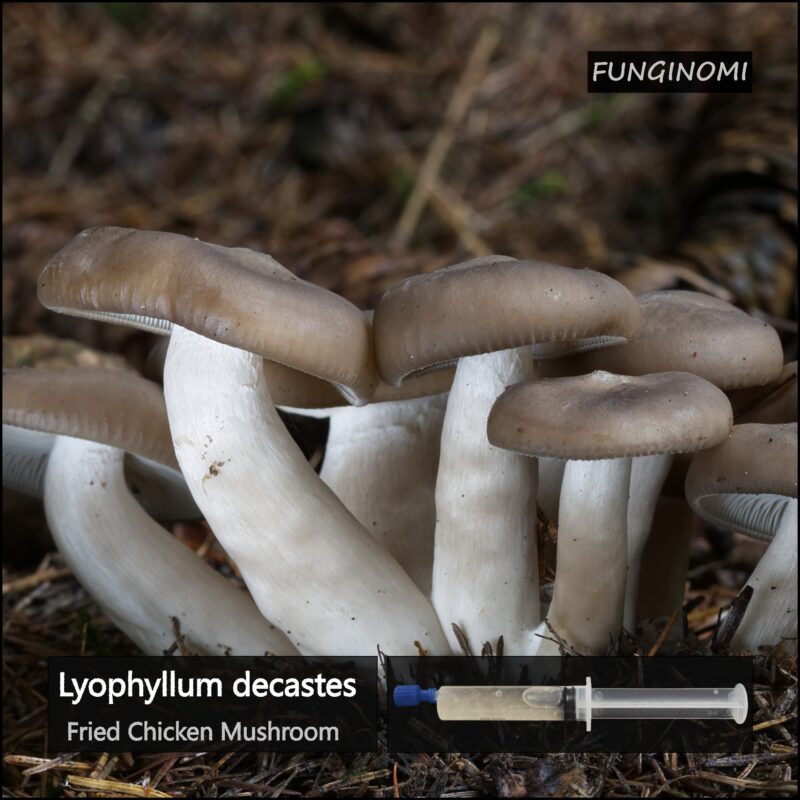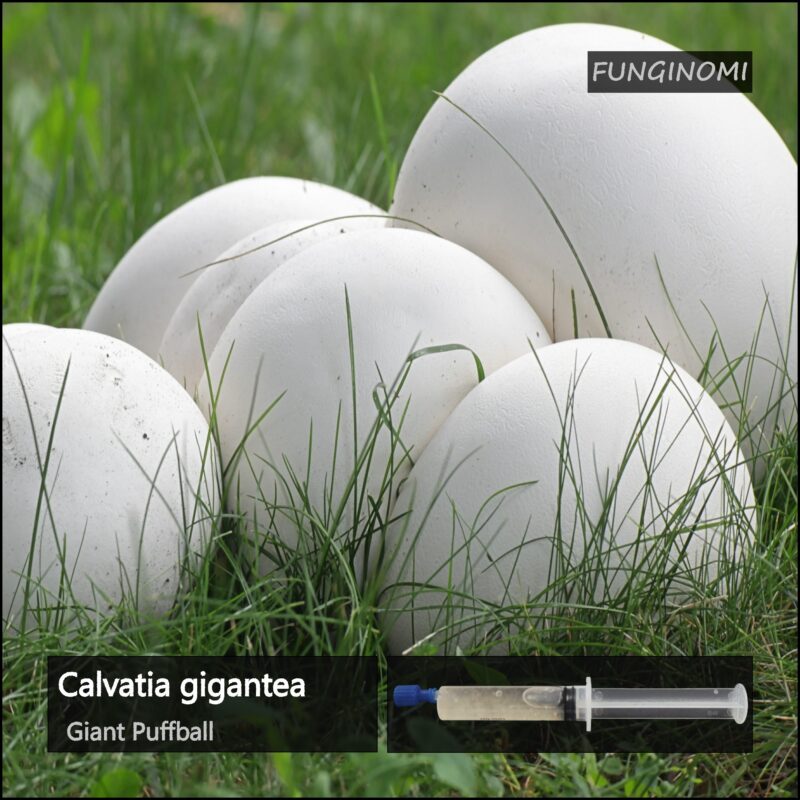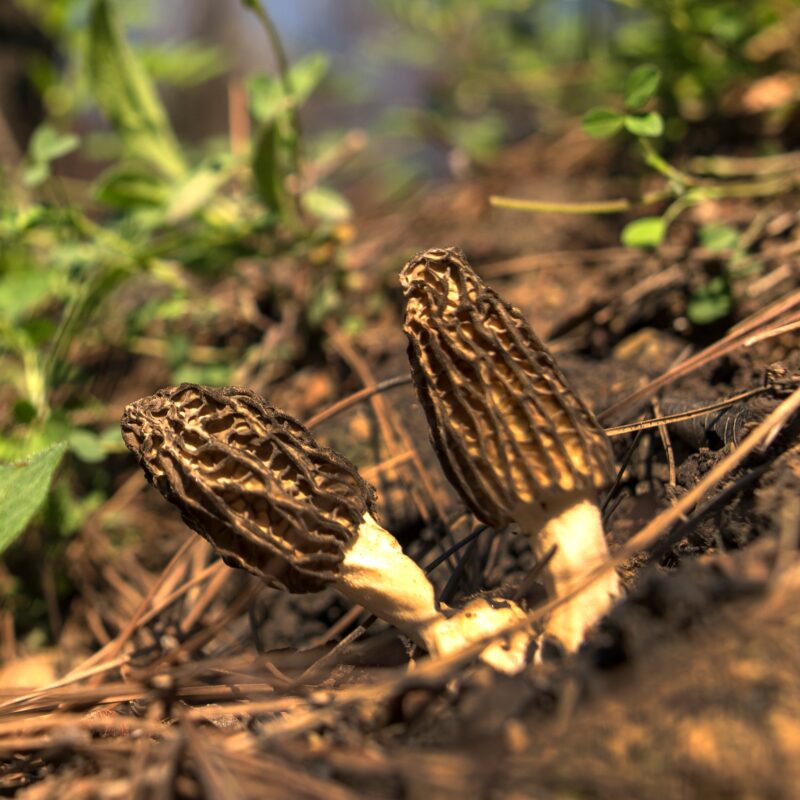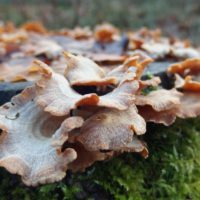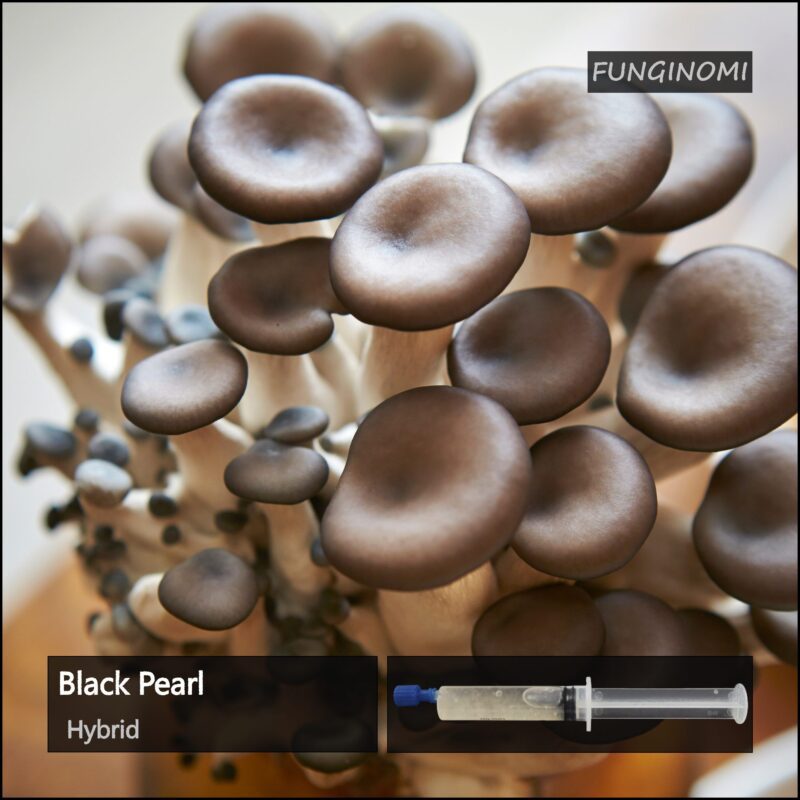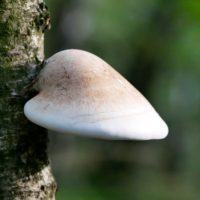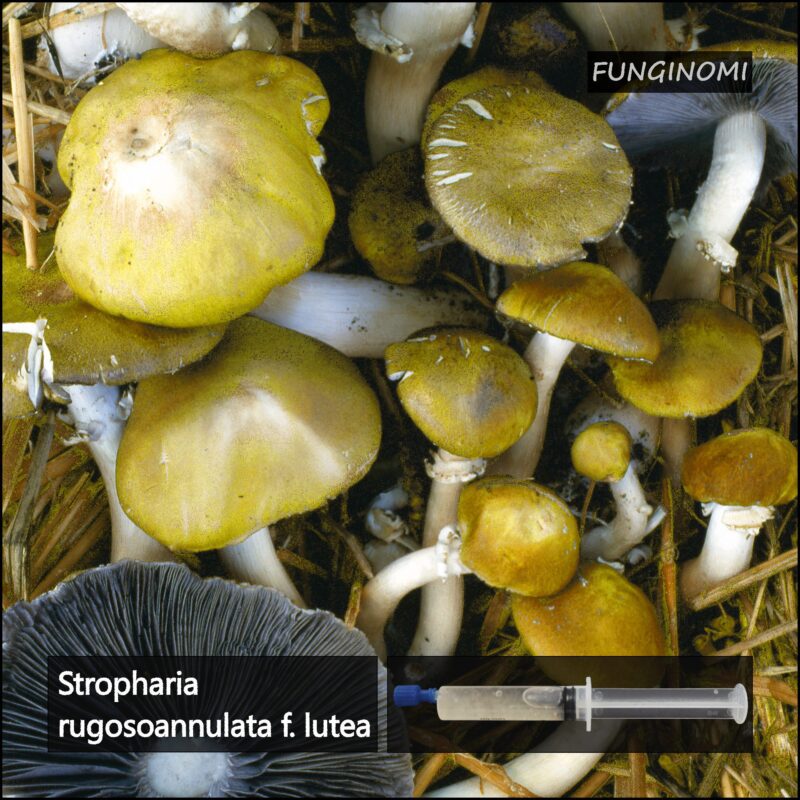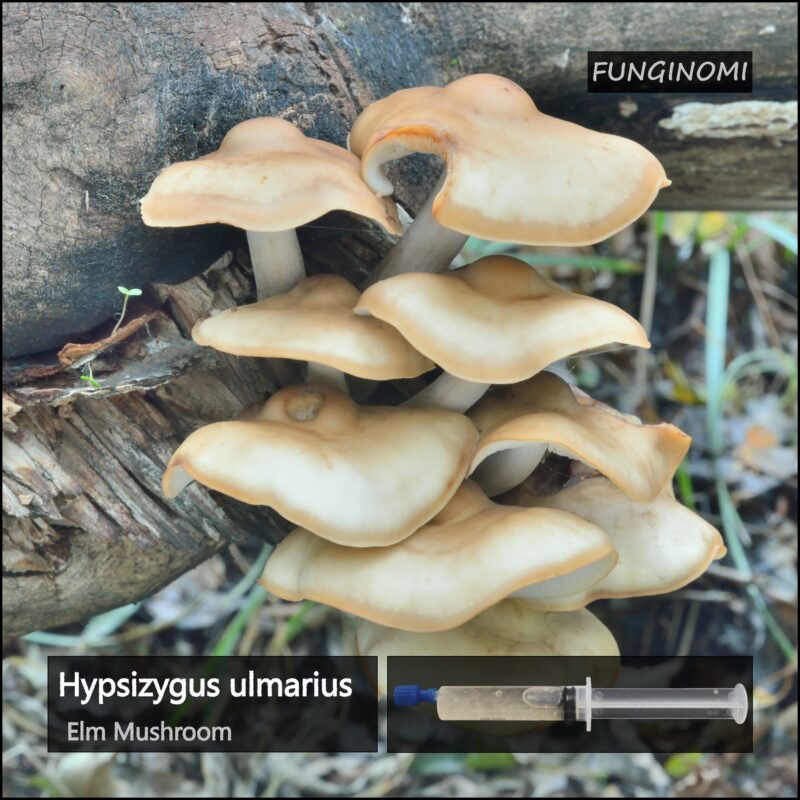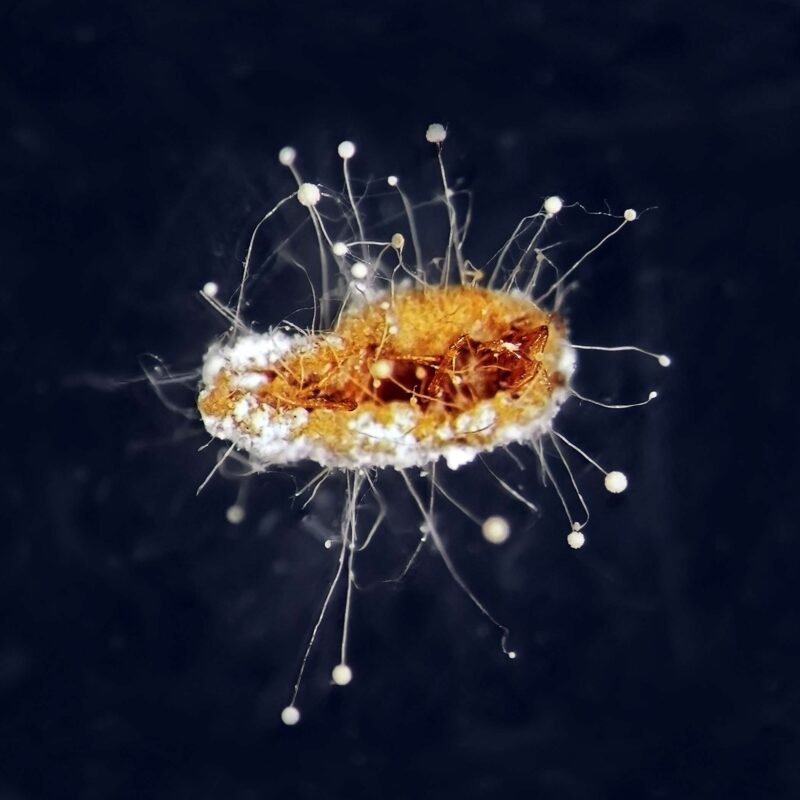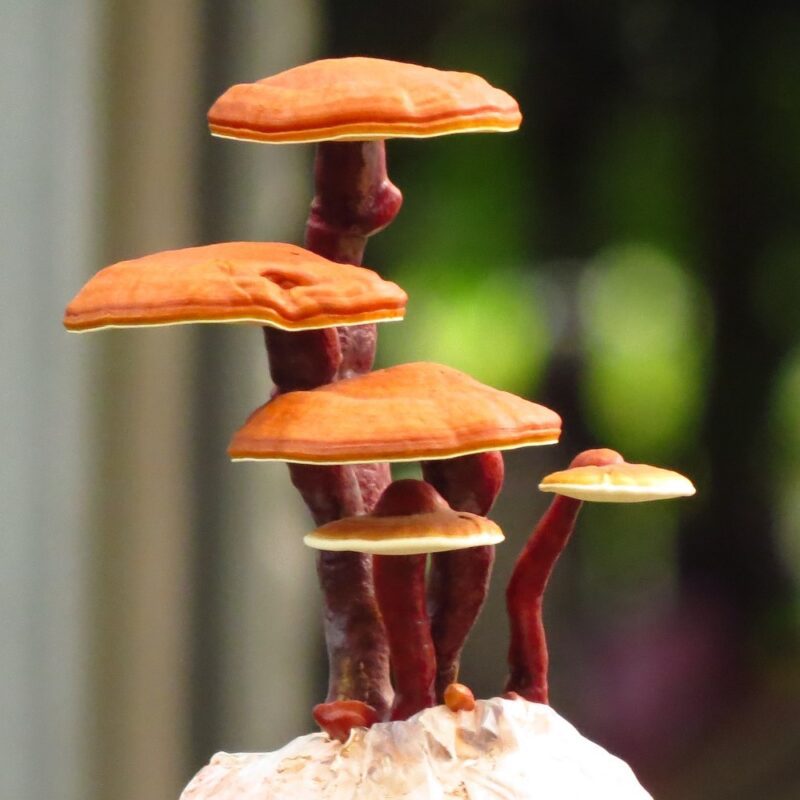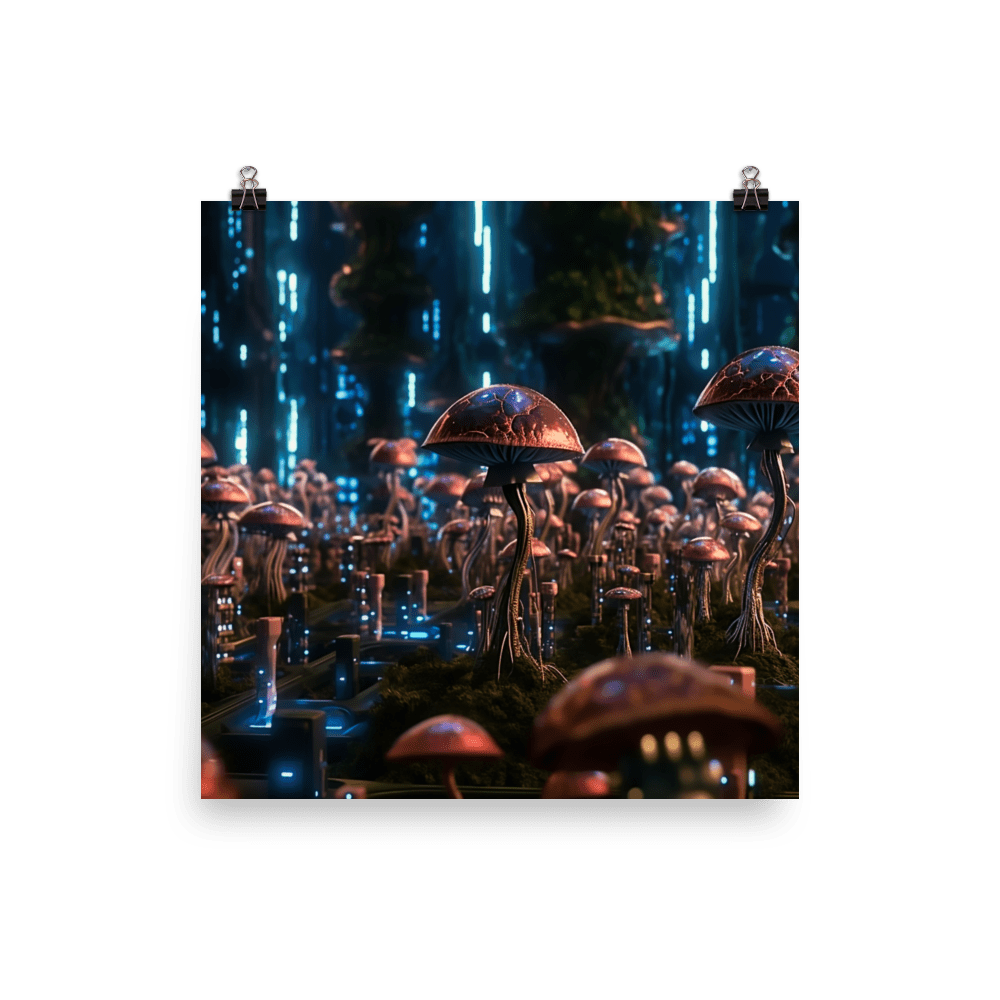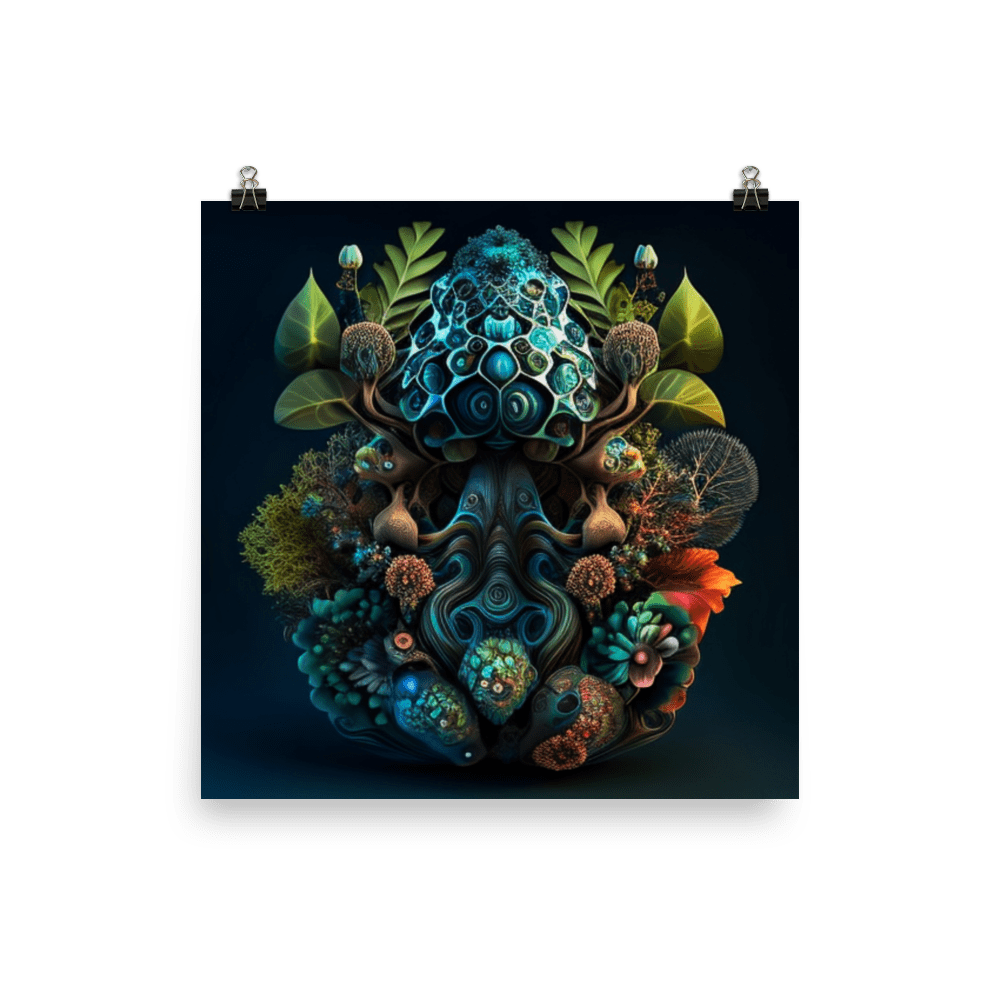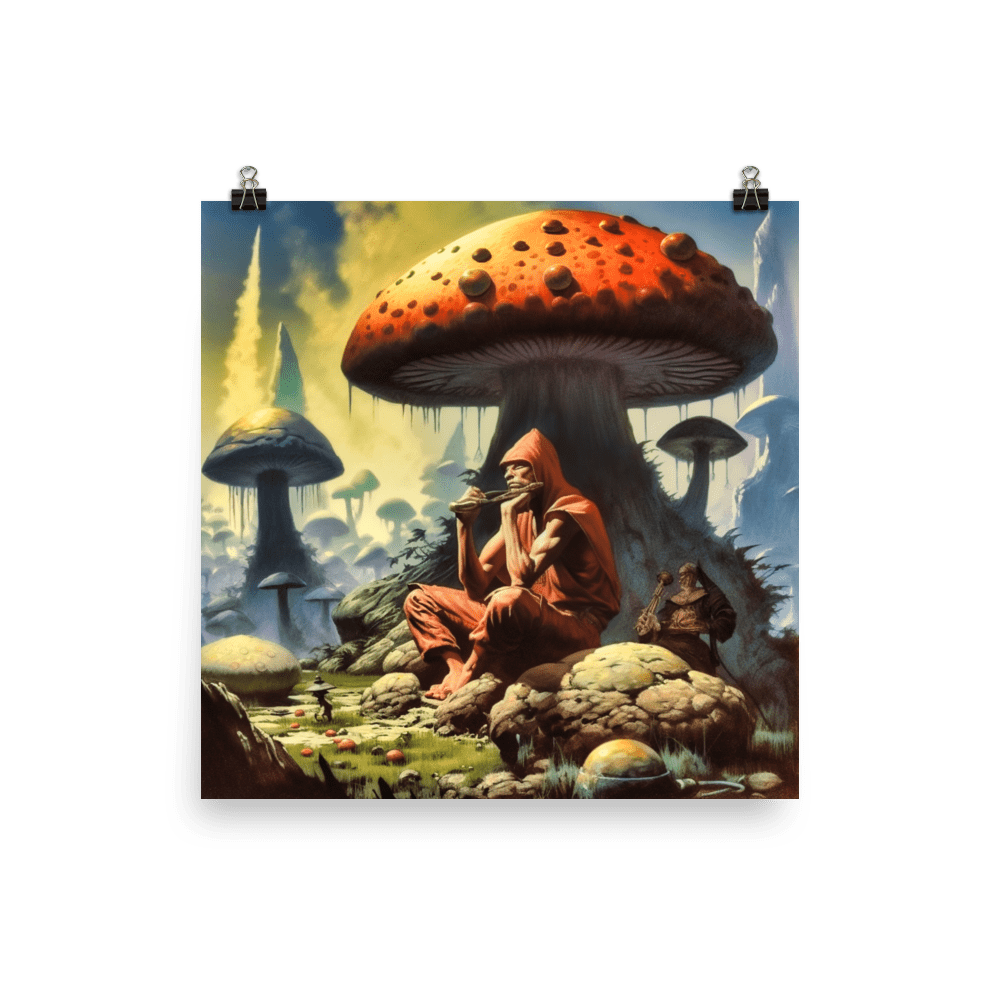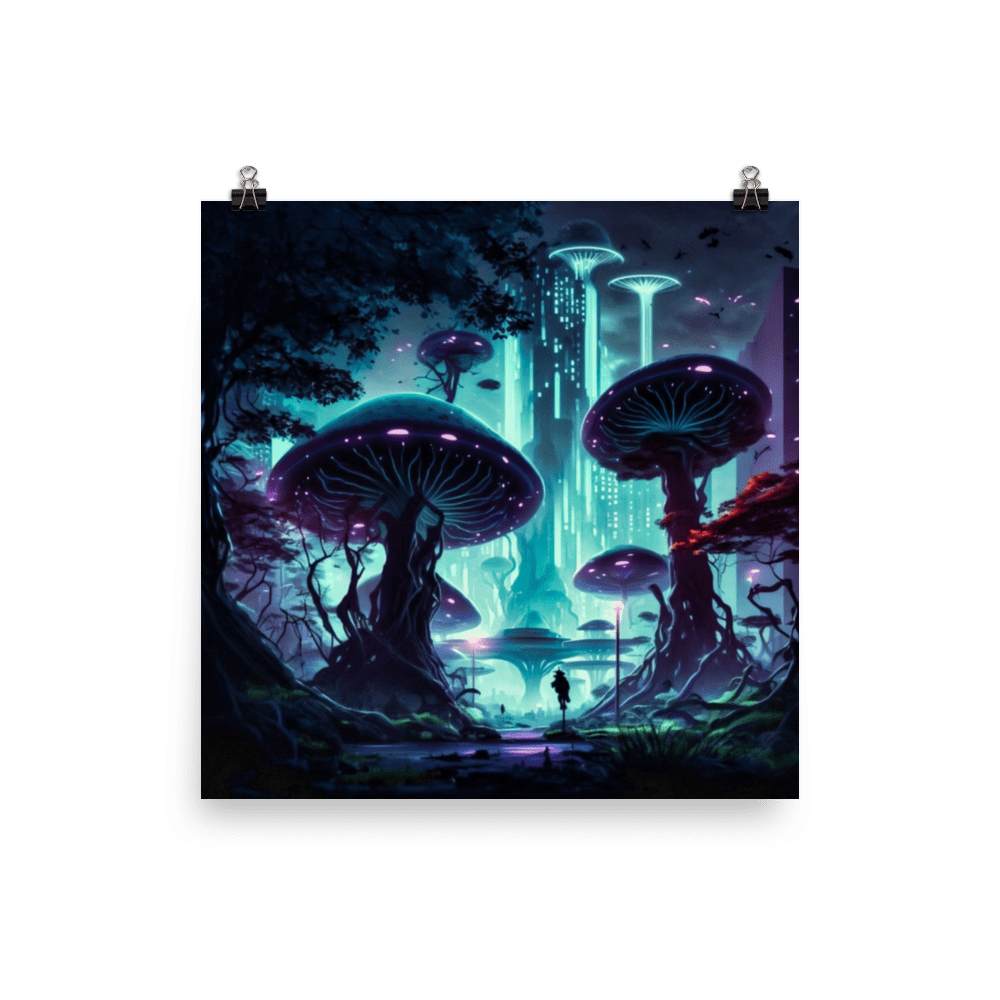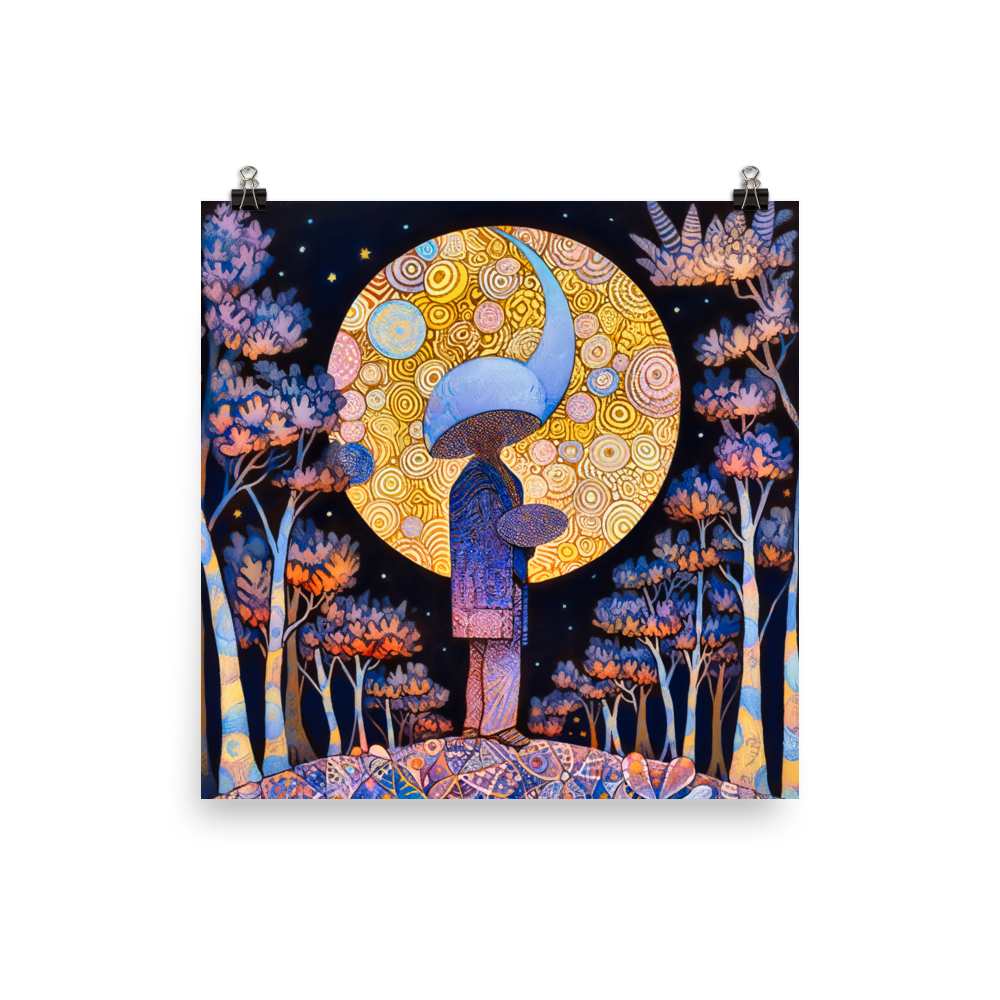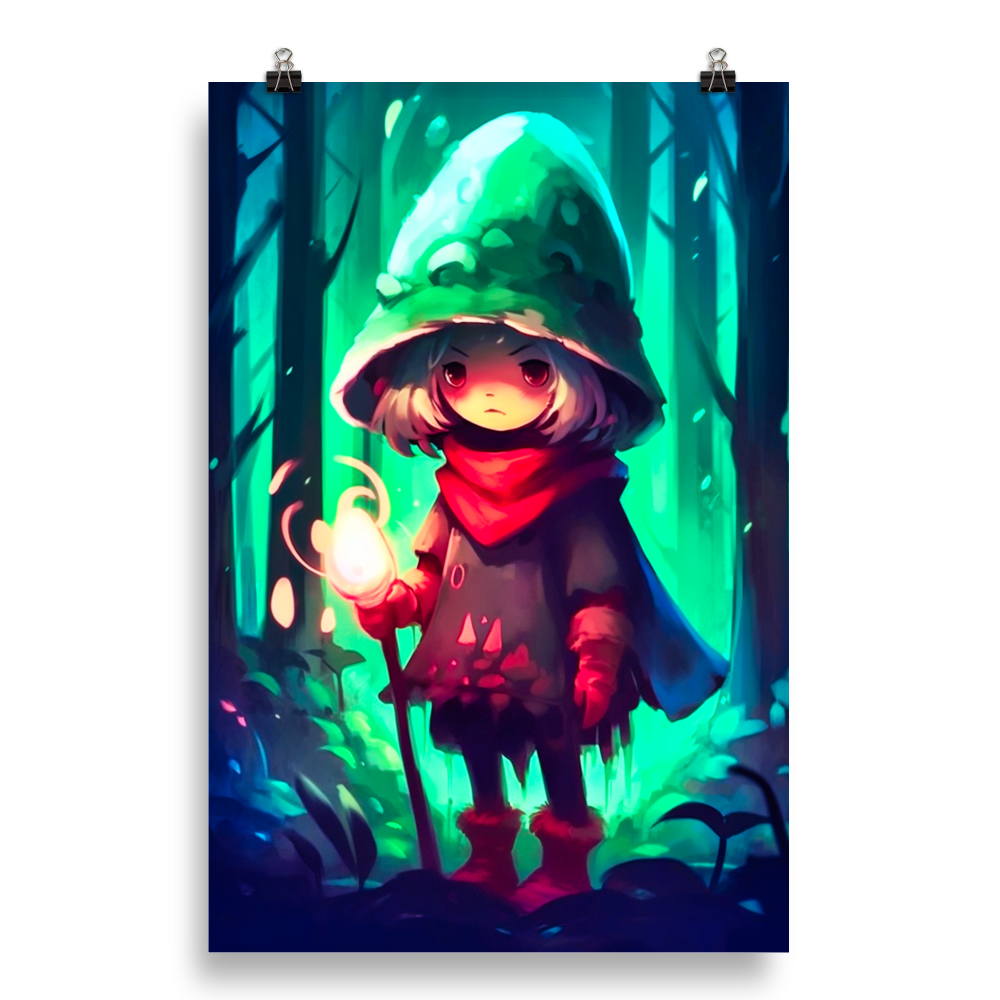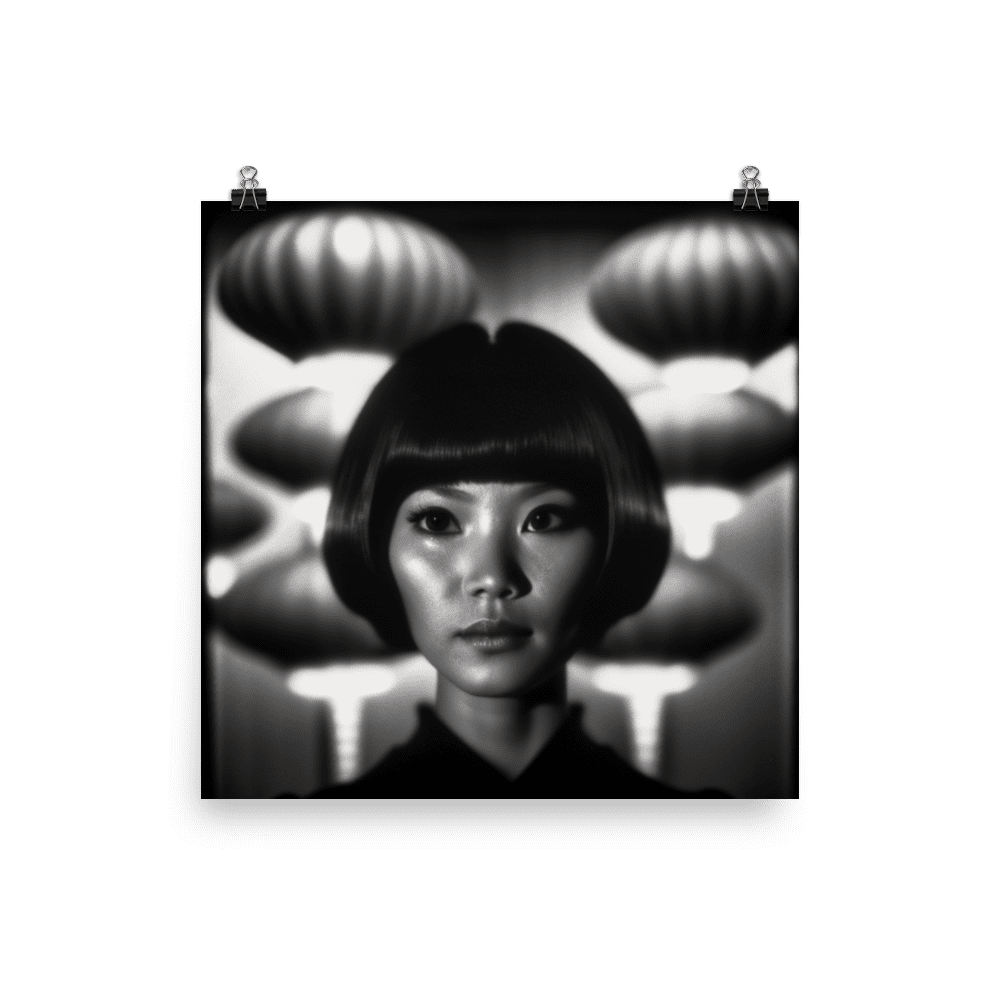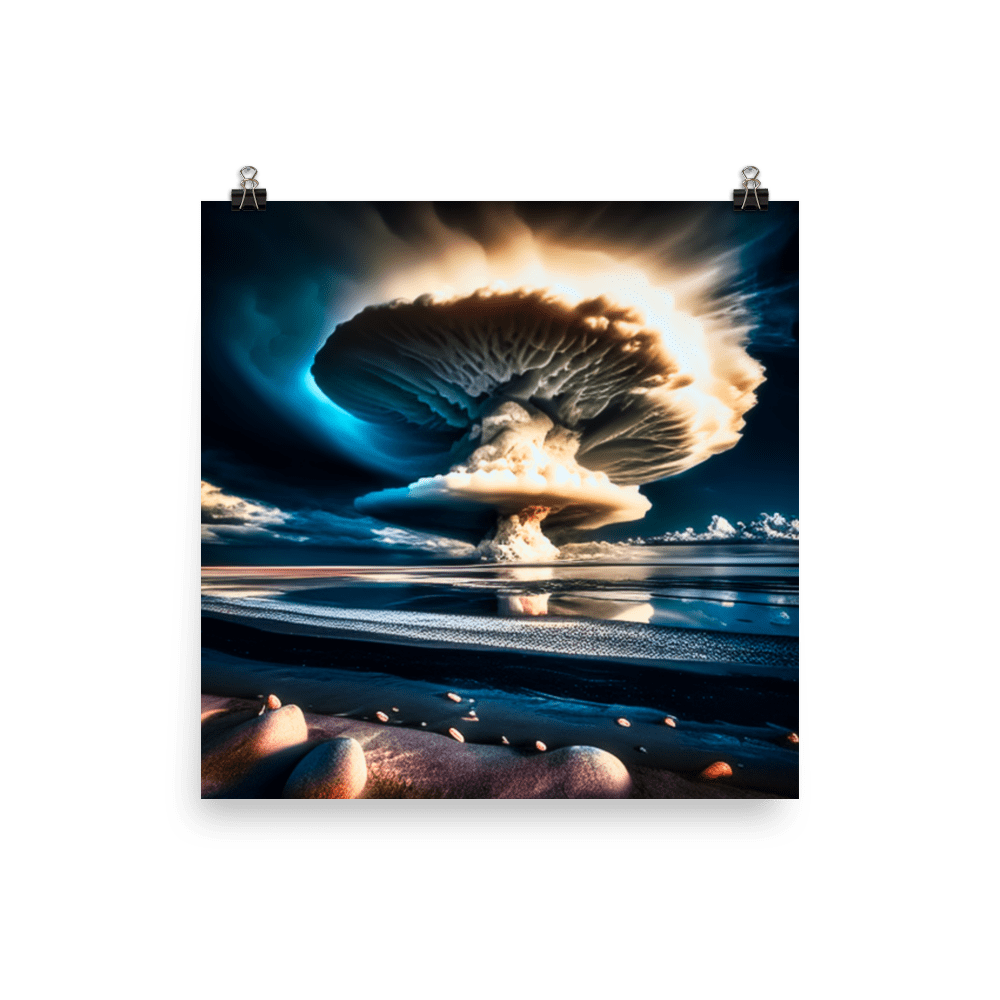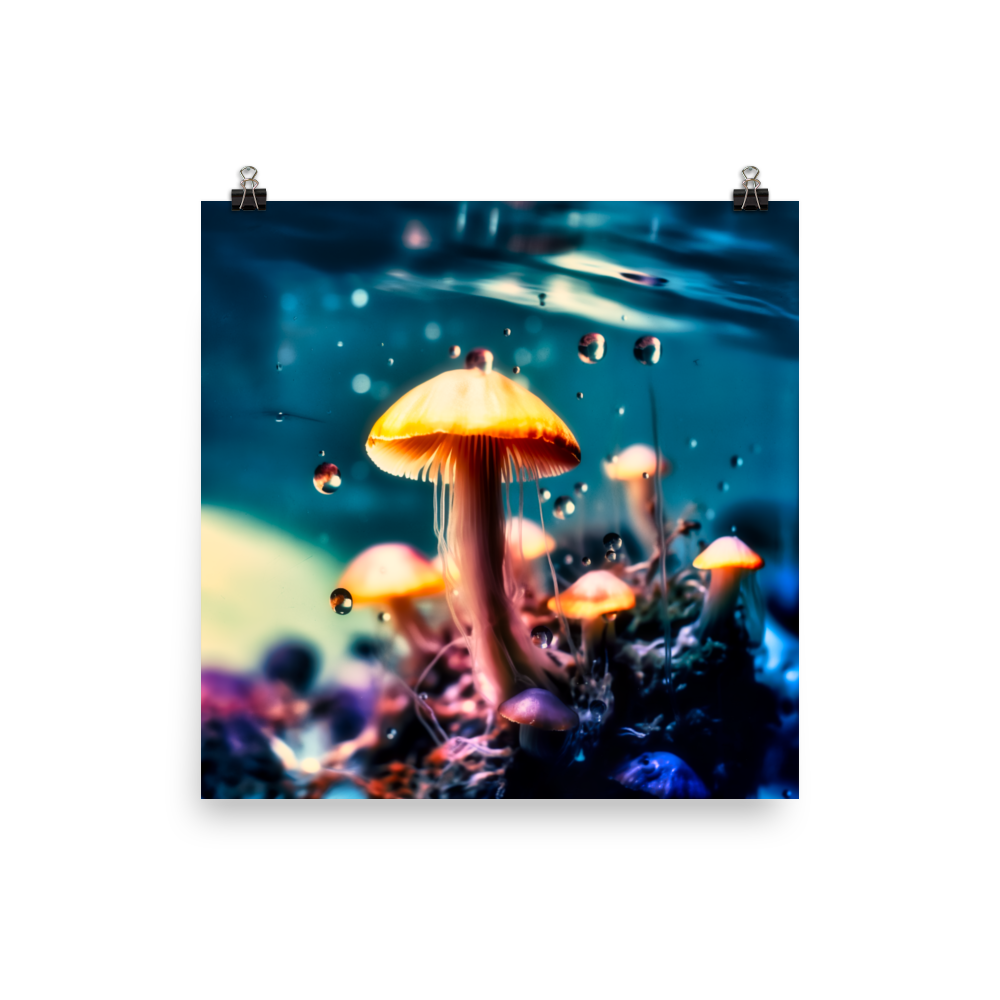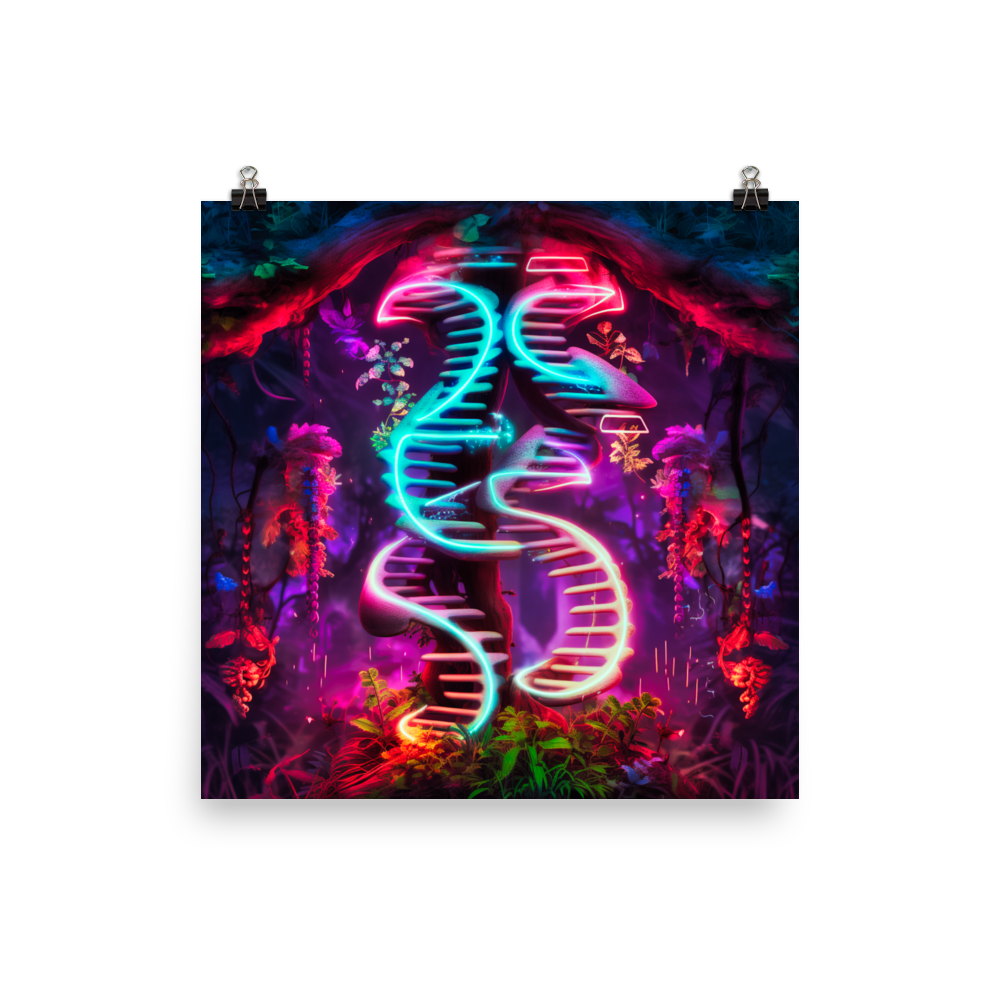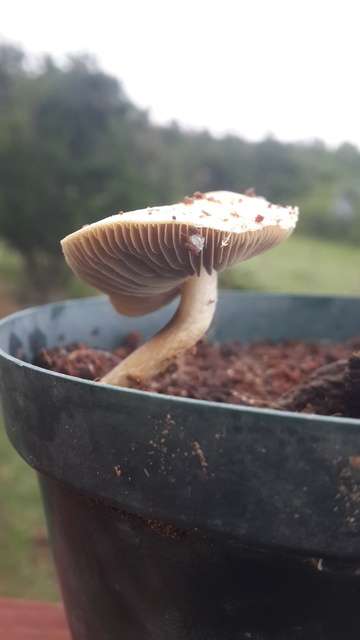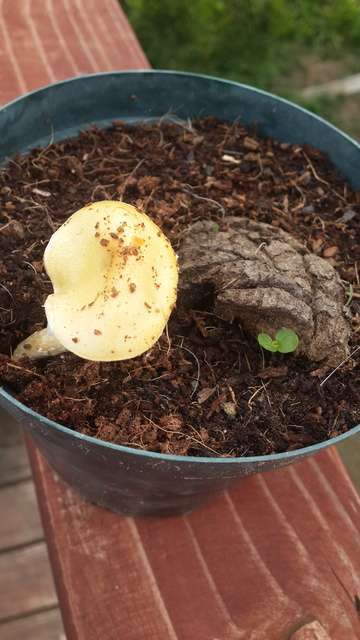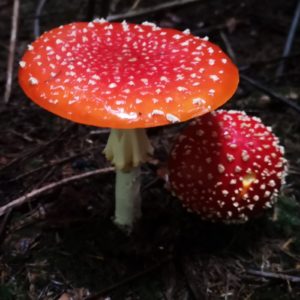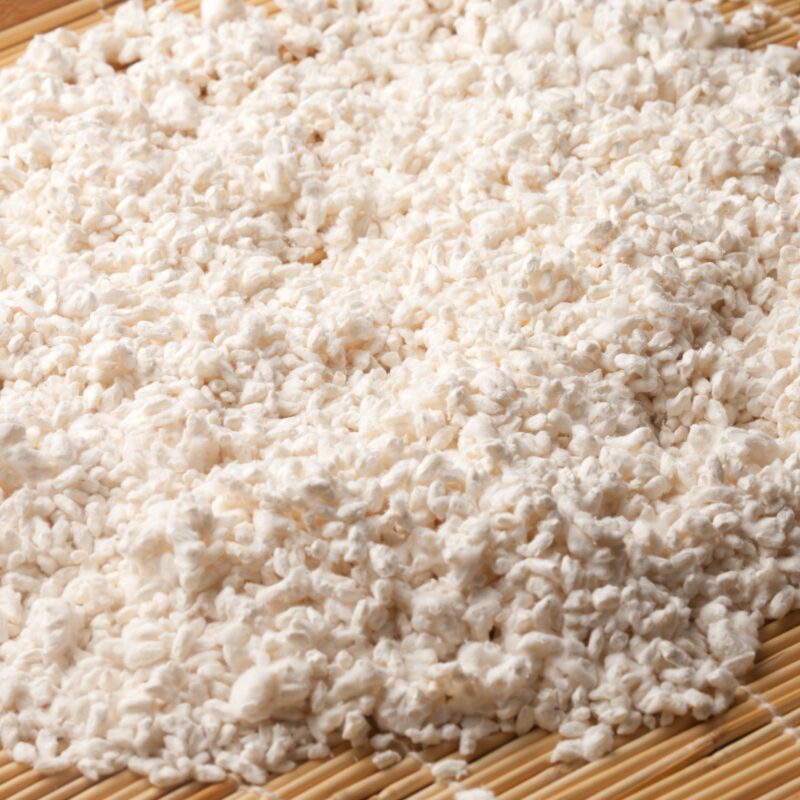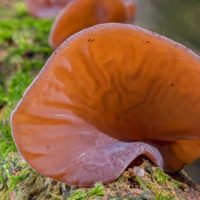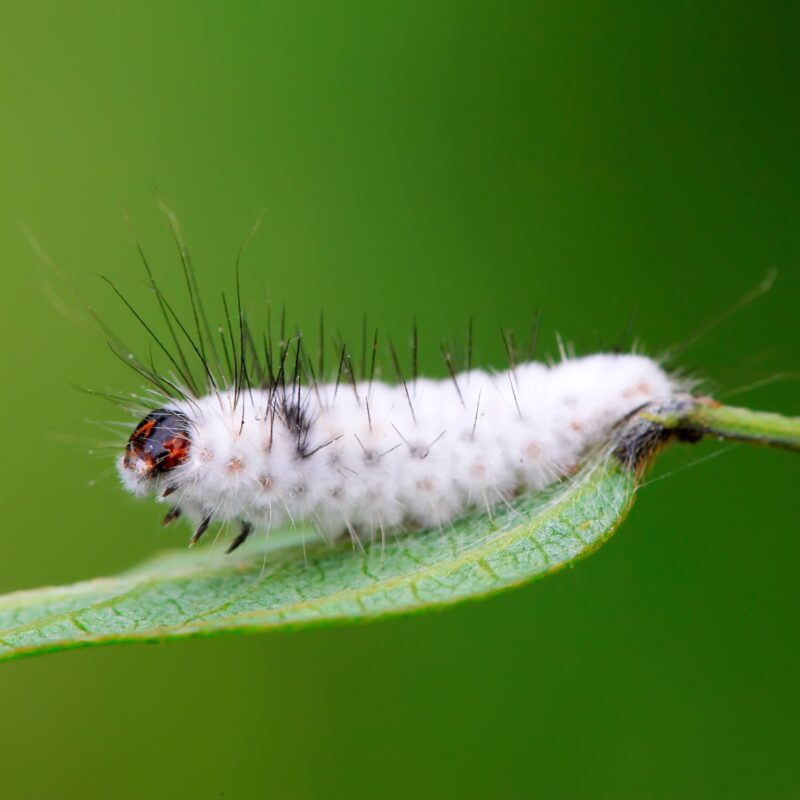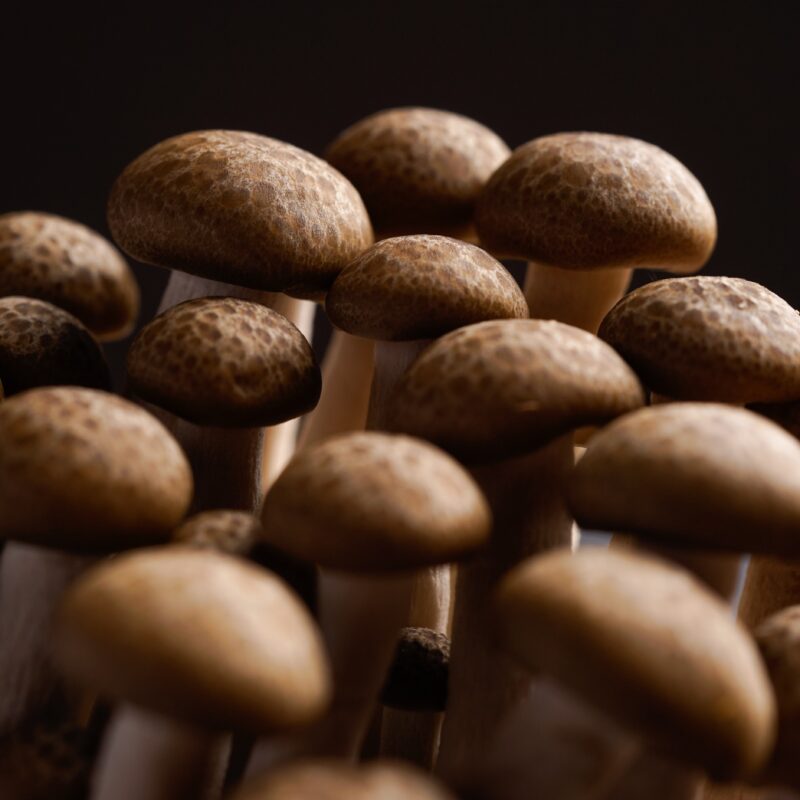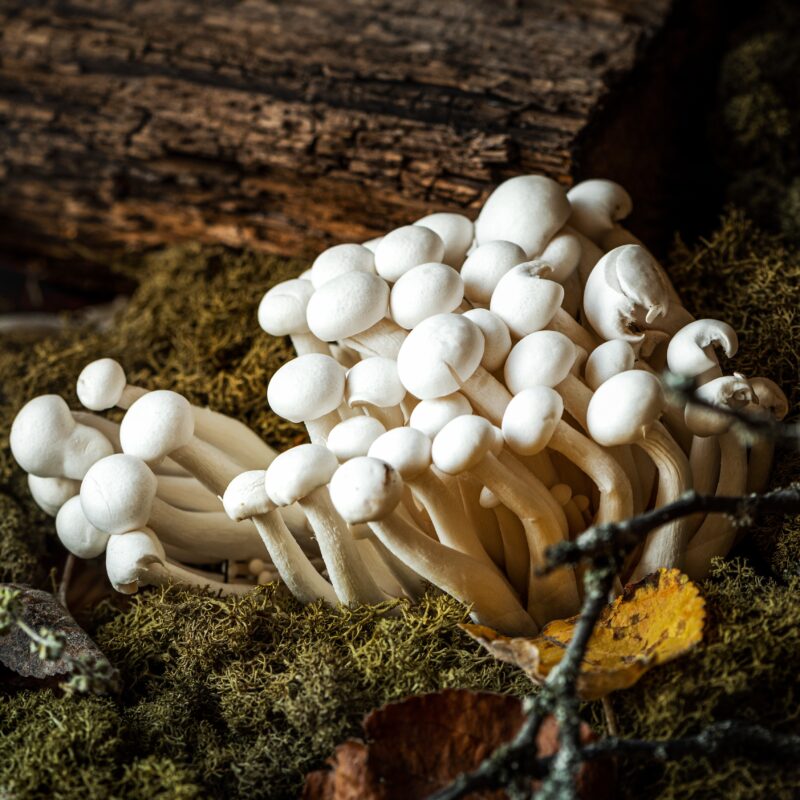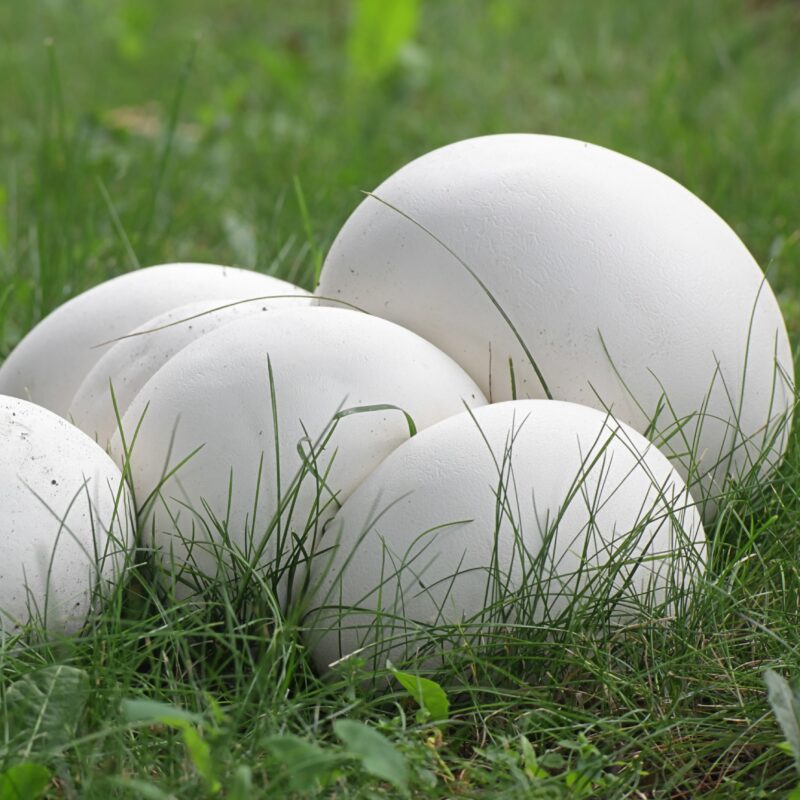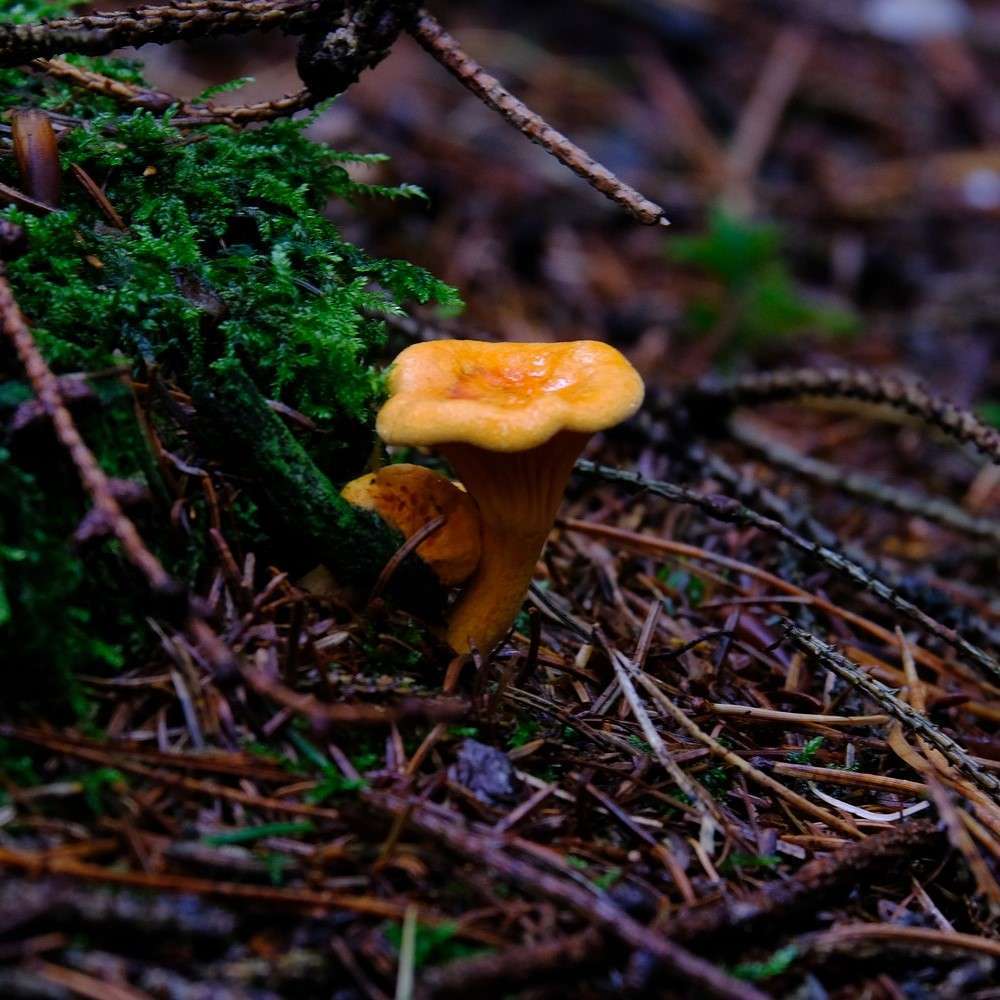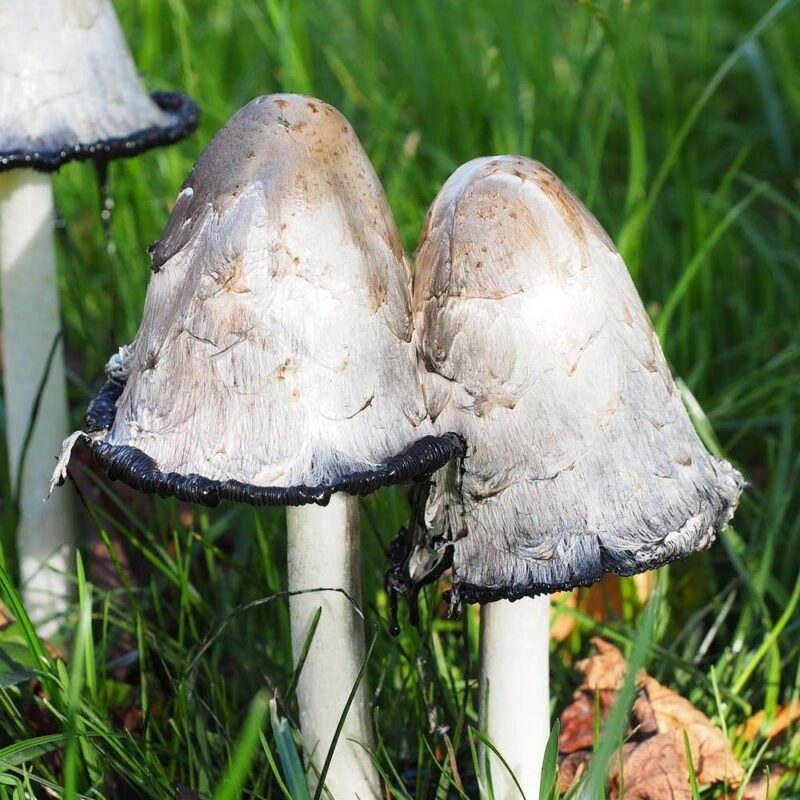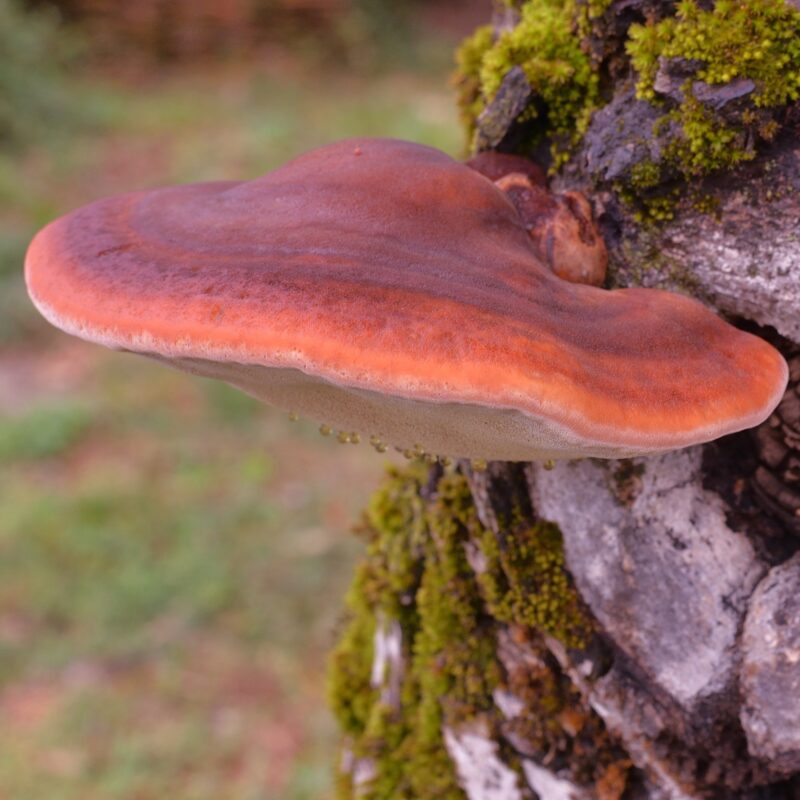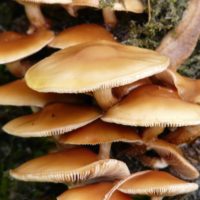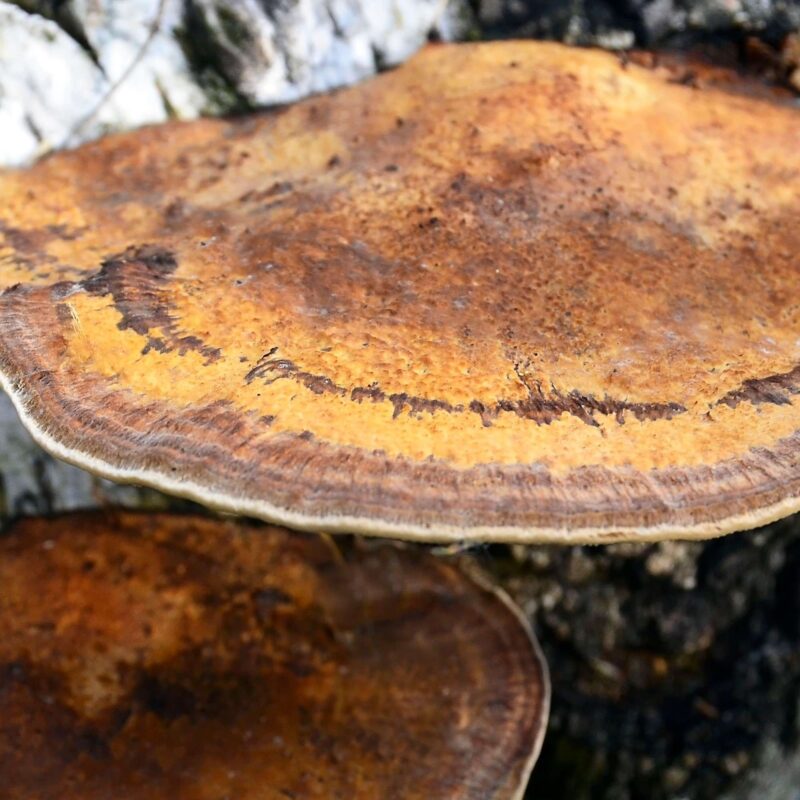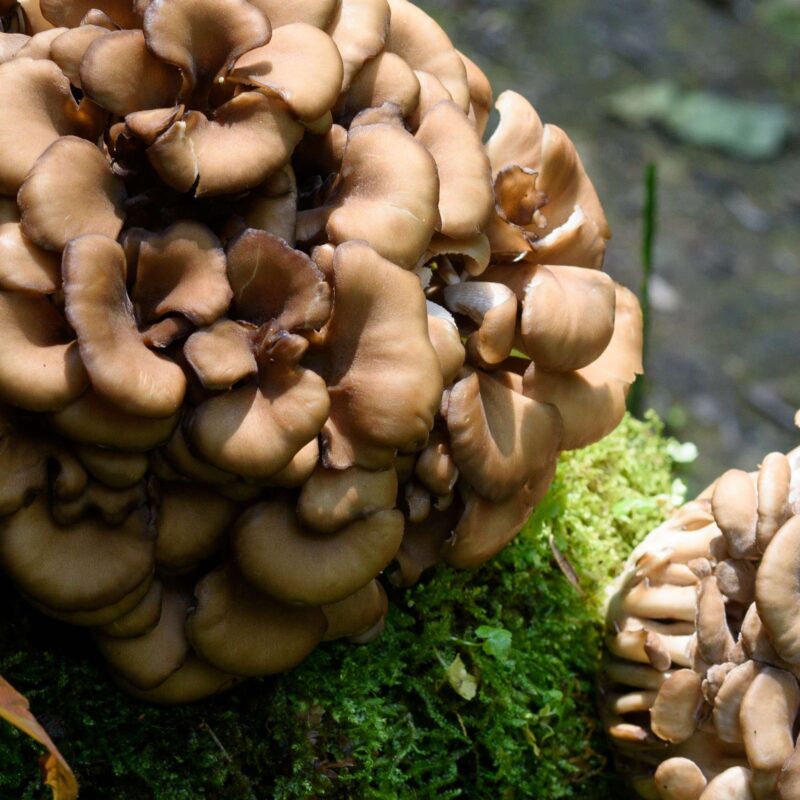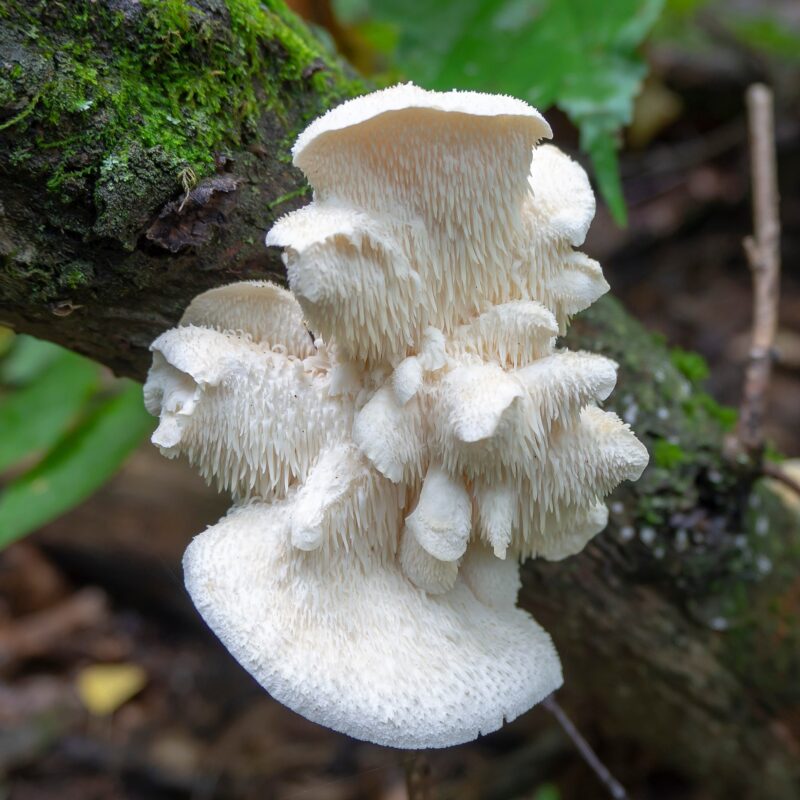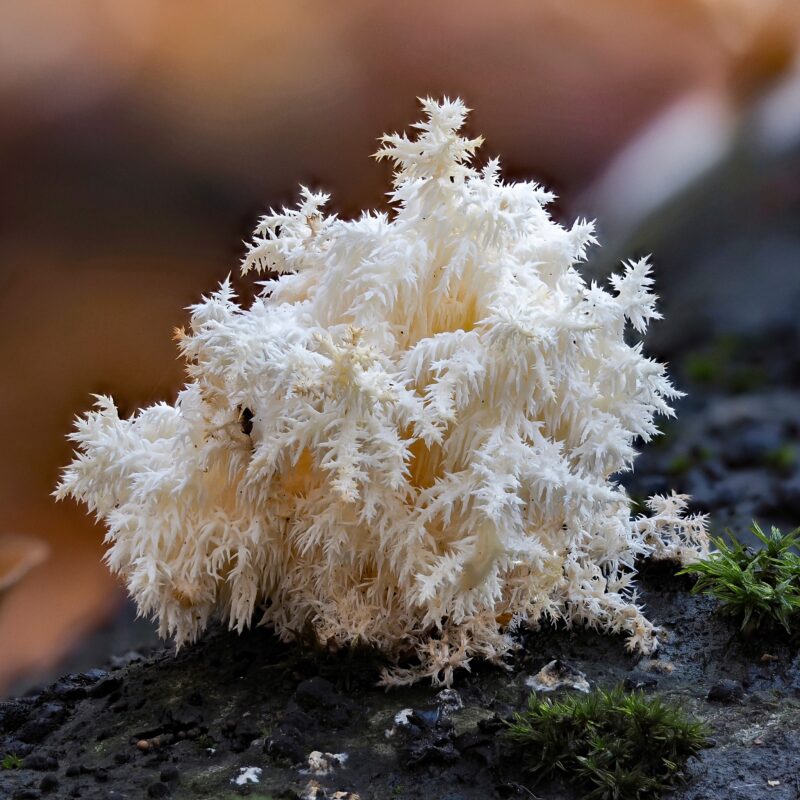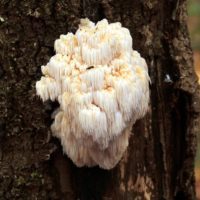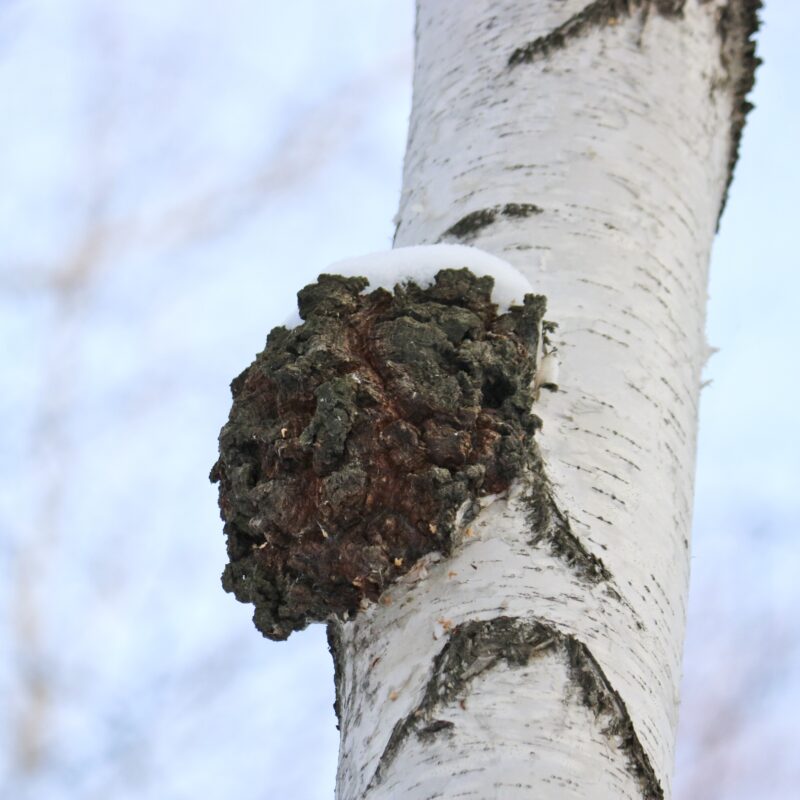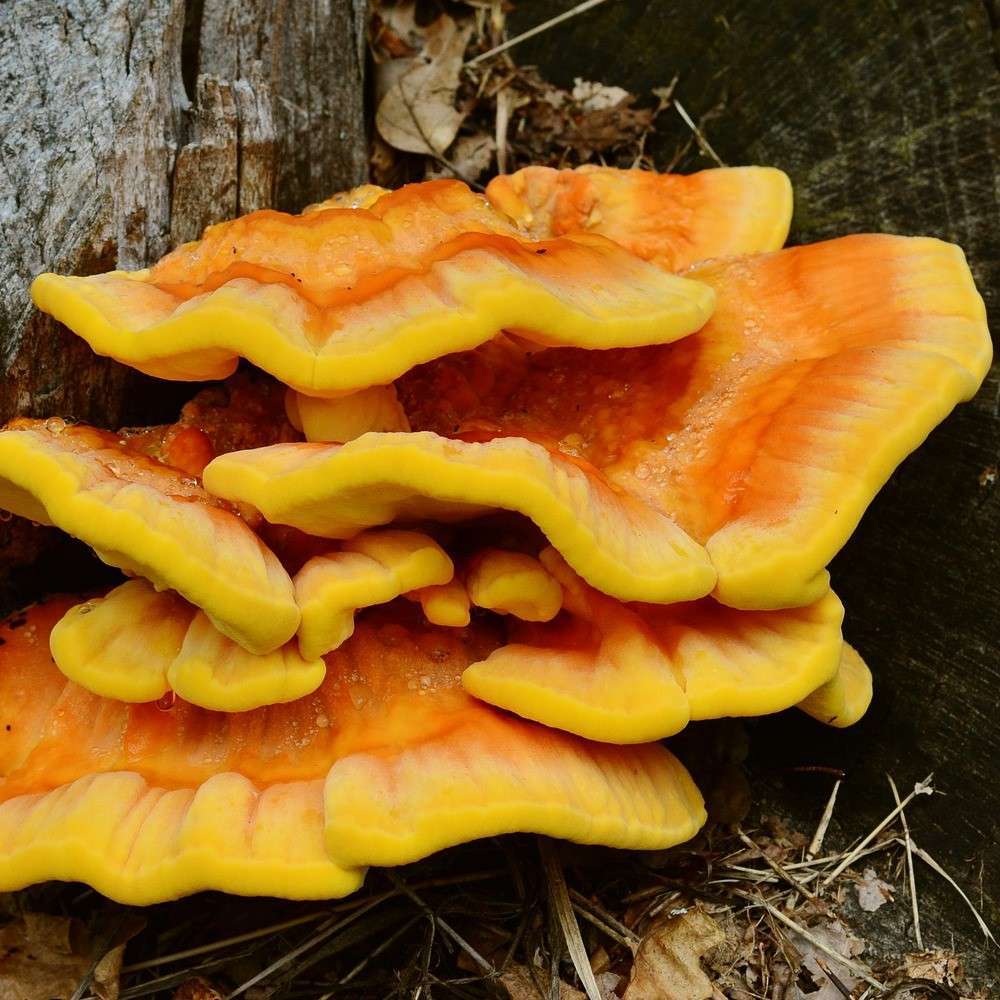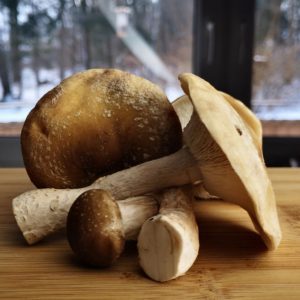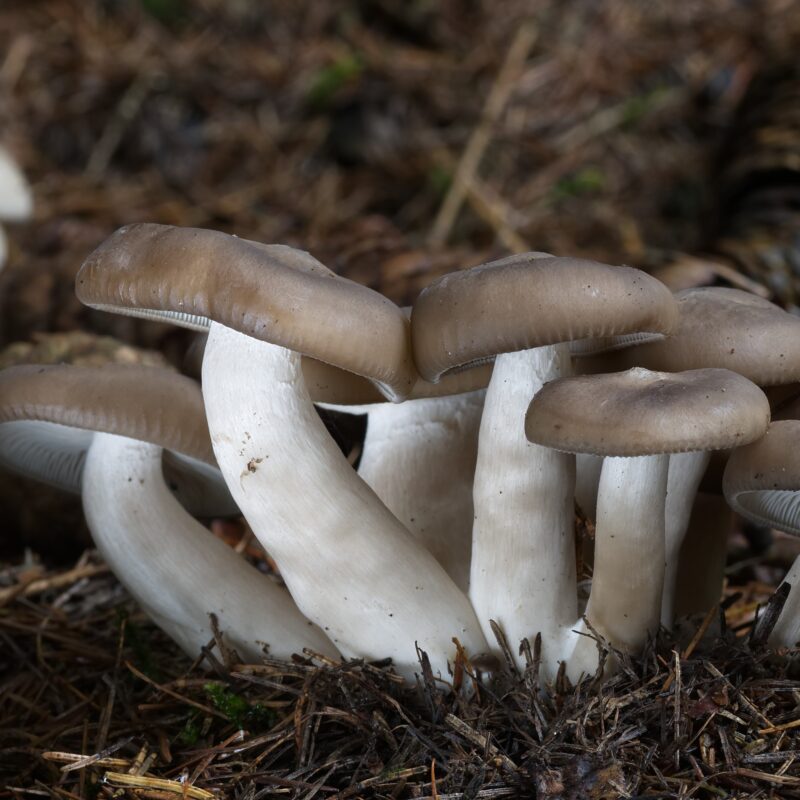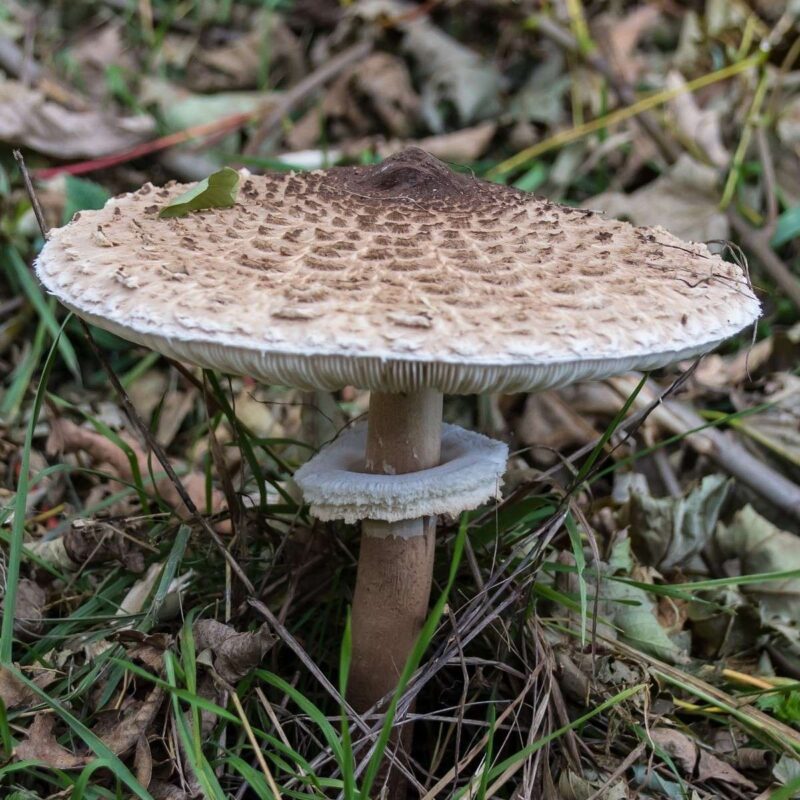© Liz Popich (Lizzie)
Description
Properties
Psilocybe natalensis is a species of mushroom that belongs to the Psilocybe genus, which is known for containing several psychedelic species. Psilocybe natalensis is a unique and exciting species endemic to Natal, South Africa.
However, it is crucial to note that the recreational use of psilocybin mushrooms can have legal and health implications, and caution should be exercised.
Originally collected in 1994 from an artificially fertilized cattle pasture in KwaZulu-Natal, South Africa, another nearby collection of Psilocybe natalensis was made in 1998 from an irrigated lawn in Royal Natal National Park. Although it resembles Psilocybe cubensis, recent genetic tests have confirmed that it is a unique species.
There is evidence of mushroom rituals and their ceremonial use in various ancient cultures, including the Aztecs in Mesoamerica and the indigenous peoples of Central and South America.
Ethnomycology is the study of the historical and cultural uses of fungi. This interdisciplinary field explores the relationships between humans and mushrooms, including their roles in medicine, folklore, art, and religion.
Psilocybe natalensis compared to the closely related P. cubensis, it is incredibly vigorous and disease resistant. The specific concentrations of psilocybin, psilocin, and baeocystin in Psilocybe natalensis can vary depending on various factors, including the growing conditions, genetic variation, and environmental factors.
Like other mushrooms in the Psilocybe genus, it possesses psychoactive compounds, specifically psilocybin and psilocin, which are responsible for its hallucinogenic effects.The consumption of these mushrooms can induce altered states of consciousness, characterized by visual and sensory distortions, feelings of euphoria, and introspective experiences.
Mushrooms have been revered and used ceremonially in various indigenous cultures. They are often associated with spiritual and healing practices, symbolizing transformation, connection to nature, and divine experiences.
In recent years, there has been a resurgence of scientific interest in the therapeutic potential of psilocybin and psychedelic-assisted therapies. Research has shown promising results in the treatment of mental health conditions such as depression, anxiety, and addiction.

© Alan Rockefeller
1. Growing
Growing Procedure
Growing Psilocybe Natalensis, also known as “Natal Super Strength”, is a fascinating endeavor that requires attention to detail and a few key steps.
The aggressive nature of Natalensis mycelium makes it resilient against contaminants during the fruiting period. However, it can sometimes form marshmallow-like blobs and overlay instead of developing into normal mushrooms.
It is worth mentioning that the cultivation process for Panaeolus cyanescens and Panaeolus tropicalis is quite similar to that of Psilocybe Natalensis and Psilocybe Cubensis. However, these two species require more attention and precise growing conditions. They have less robust mycelium compared to Psilocybe Cubensis, making them more vulnerable to fluctuations in their growing environment.
To begin growing Psilocybe Natalensis, you will need the following items: spawn, straw, cow manure, vermiculite, casing material, filter bags, and an impulse sealer. Strong spawn is crucial, and using rye as a basis is highly recommended. It is advisable to inoculate the rye with a strong single strain on agar, rather than using a spore syringe.
Once the spawn is fully colonized, it is time to prepare the substrate. The substrate consists of straw, cow manure, vermiculite, and water. Mix the dry components thoroughly in a pot and then add water to the mixture. Afterward, sterilize the substrate in a filter bag, leaving it unsealed for the addition of spawn later on. Once cooled, spread the spawn evenly in the filter bag with the straw. After two to four weeks, the substrate should be fully colonized by the mycelium.
In the final phase, transfer the colonized substrate to a large, clean bag and apply the casing layer on top. Seal the bag with plastic foil and return it to the incubation space. Allow the mycelium to establish a strong network through the casing layer. After a few days, when the mycelium becomes visible through the casing layer, the bag can be moved to fruiting conditions.
Instead of a bag you may use a container and flip the lid of it (after colonization), to create a gap between the tub and the lid, allowing natural airflow. Additionally, manually fan the bin 2-3 times a day to encourage proper pinning and robust mushroom growth.
Creating a suitable fruiting chamber with automated additional fresh air exchange (FAE) and a humidifier, or using an automated grow tent, can greatly enhance the cultivation of Psilocybe Natalensis. While not mandatory, it helps to ensure optimal conditions for the mushrooms. Natalensis is sensitive to high levels of carbon dioxide (CO2), and insufficient fresh air can result in the growth of leggy mushrooms known as “Natal snakes.”
In summary, growing Psilocybe Natalensis involves careful attention to temperature, fresh air exchange, and humidity. By following these steps and providing optimal growing conditions, you can embark on a successful journey of cultivating this remarkable species of psilocybin mushroom.
S
|
P
|
F
|
|
|---|---|---|---|
Temp °C |
20-26°C (68-79°F) | 18-23°C (64-73°F) | 15-23°C (59-73°F) |
Relative Humidity % |
80-95 | 90-95 | 90-95 |
Duration d |
14-28 | 7-14 | varies |
CO2 ppm |
>5000 | 1000-2000 | <1000 |
FAE per h |
0-1 | 4-6 | 4-8 |
Light lux |
– | 100-800 | 500-1000 |
Affiliate Partner
Growing
Agar Culture Media: MEA, MYPA, MYA, PDYA
Cropping Cycle:
Containers for fruiting:
Biological efficiencies:
Substrates:
Growing Characteristics
Natural Habitat
Grasslands and enriched soils, subtropical
2. Identification
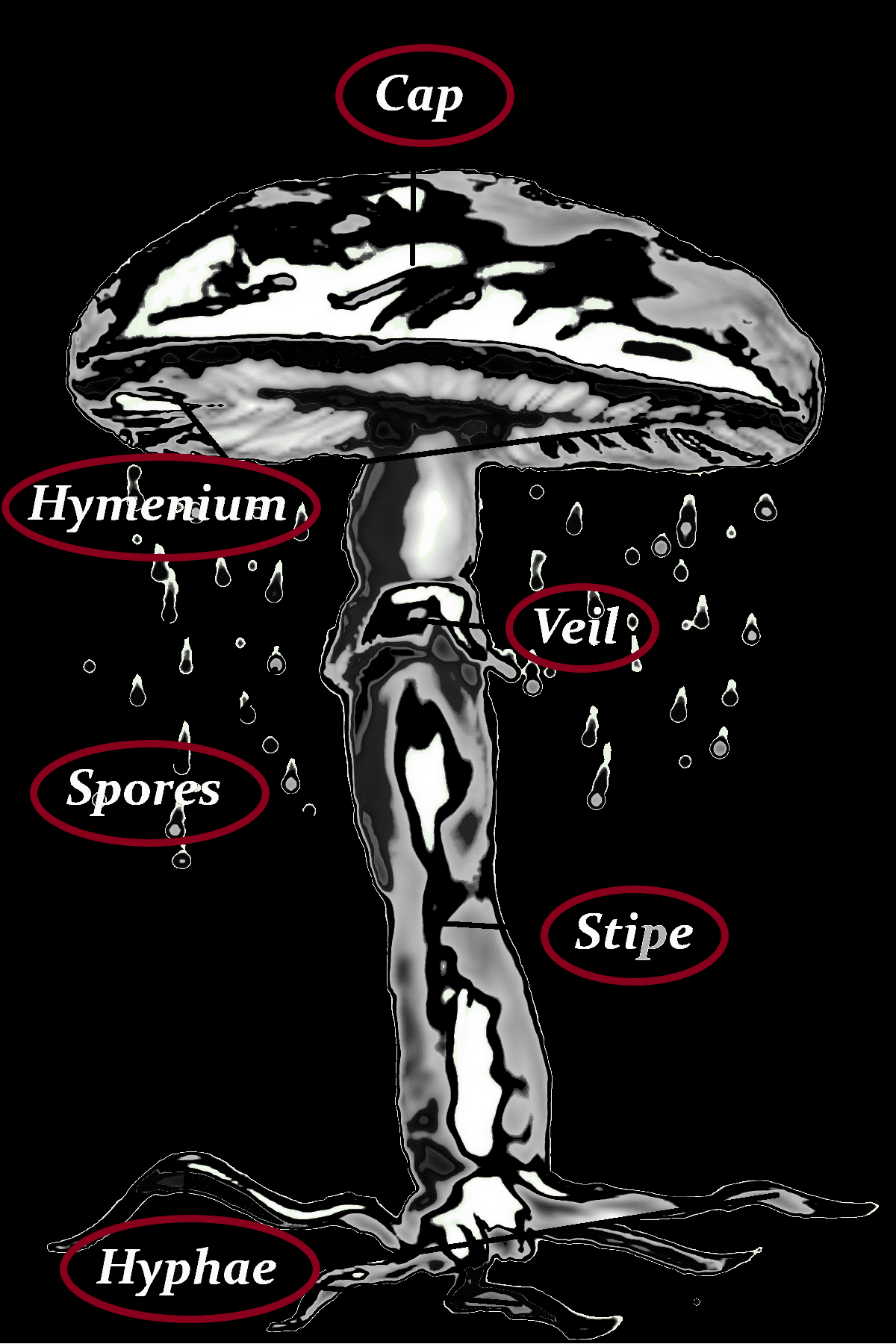
Cap
-up to 25 mm in diameter
-bluntly conical to broadly convex with age
-occasionally with a small hump
-yellowish towards the disc
-whitish overall
-not hygrophanous
-often tinged with bluish at the edge
-in places smooth to irregular surface
Stipe
-40-120mm long
-2-10mm thick
-smooth,
-silky white
-straight to curved
-enlarged near the base
-blue-green bruises where injured, especially near the base
Hyphae
Hymenium
-attachment clearly increases with age
-first light brown, then dark purple-brown
-white edges
Spores
13×8 µm
-dark purplish brown
-broadly ellipsoid
-4-spored basidia
-1-, 2-, and 3-spored basidia were seen
Veil
Partial veil which leaves little to no veil residue.
Danger of confusion
3. Consuming
Dosis
There is an urgent warning against food experiments with Psilocybe natalensis. Collecting, possessing and selling drug mushrooms is illegal in many countries around the world.
Depending on the particular strain, growth method, and age at harvest, psilocybe mushrooms can come in rather different potencies. It is recommended to weigh the actual mushrooms, better then counting them. 10% of the mushrooms mass is left, when dried. Take a look at Properties, to find out how potent they are.
Effect
Due to the presumed main ingredient of Psilocybe natalensis, psilocybin, the same effect can be expected as with other types of well-known hallucinogenic mushrooms. At this point, it is convenient to refer to the description of the effects of Psilocybe cumbensis.
Duration:
5-6 hours
Smell
Taste
Flesh
Composition
4. Data
other names
| Kingdom | Fungi |
|---|
| Division | Basidiomycota |
| Class | Agaricomycetes |
| Order | Agaricales |
| Family | Hymenogastraceae |
| Genus | Psilocybe |
| Species | P. natalensis |
| Ecology | saprotrophic |



